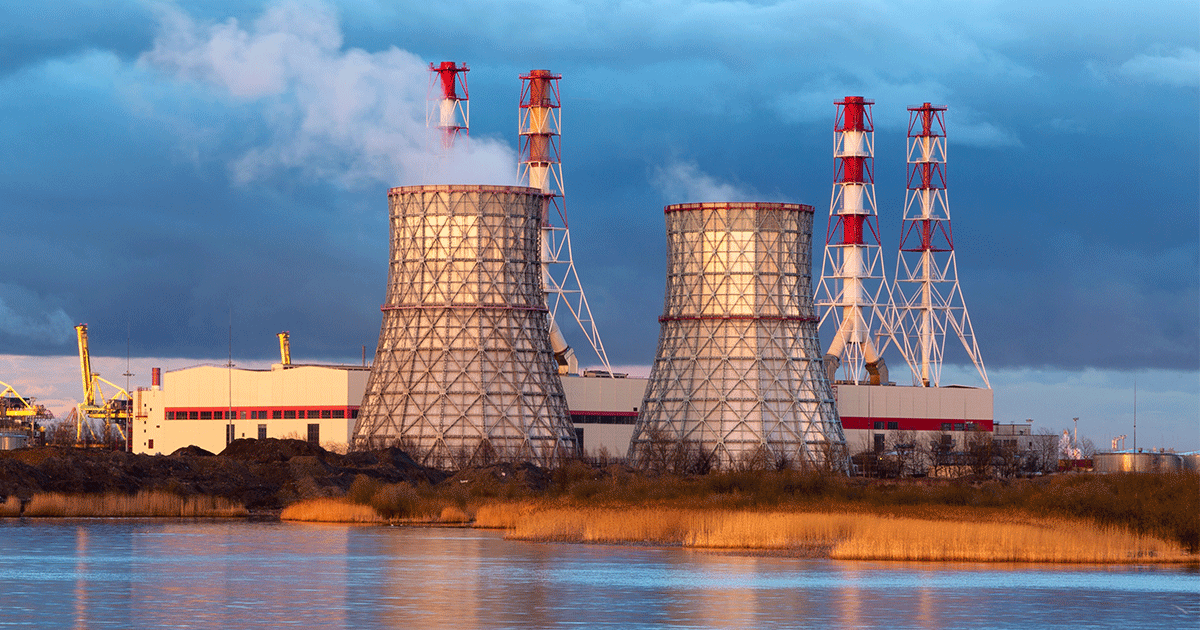Thermal Energy Transfer and Storage
Topic Information
Dear Colleagues,
The energy crisis, environmental deterioration, and global greenhouse effect have become increasingly more serious in recent decades, leading to rapid-growing demand for the utilization of renewable energy. Currently, their transience and intermittency have been concerns affecting further development and commercialization on device levels. Therefore, thermal energy storage has been widely used to provide a reliable thermal performance and stable power production. There are three kinds of TES technologies, including sensible heat storage (SHS), latent heat storage (LHS), and thermochemical heat storage (TCHS). In recent years, various scholars have placed emphasis on the improvement of energy storage tanks, including novel structures and composite PCM by installing fins and adding high thermal conductivity materials. Thus, we are committed to providing a platform for high-quality papers in the field of thermal energy storage. This issue focuses on fundamental and applied research which could help to augment charging/discharging performance of thermal energy storage.
Prof. Dr. Xiaohu Yang
Prof. Dr. Kamel Hooman
Topic Editors
Keywords
- renewable energy
- sensible heat storage
- latent heat storage
- thermochemical heat storage
- solid–liquid heat transfer
- finned tube
- metal foam
- nanoparticles
